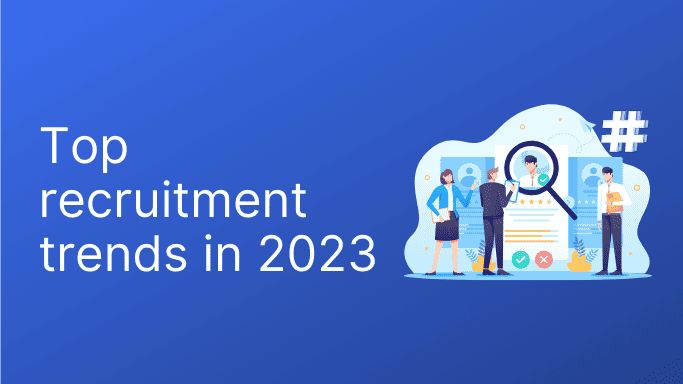Introduction
Artificial intelligence (AI) and machine learning (ML) are rapidly transforming the recruiting landscape. AI-powered tools can help recruiters automate tasks, identify qualified candidates, and make better hiring decisions.
In this article, we’ll discuss how AI and ML can be used to improve the hiring process at every stage, from sourcing to onboarding.
Candidate Sourcing
AI-powered sourcing tools can help recruiters identify and connect with relevant candidates more quickly and efficiently. These tools use algorithms and machine learning to search through job boards, social media platforms, and other online resources to identify candidates who match the required skills and experience.
Some AI-powered sourcing tools also provide recruiters with data-driven insights and recommendations. For example, these tools can identify the most effective channels for reaching qualified candidates and suggest job postings that are likely to attract the right attention.
Candidate Screening

AI-powered screening tools can help recruiters review resumes and cover letters more quickly and accurately. These tools use algorithms to identify keywords and phrases that are relevant to the job opening. They can also be used to assess candidates’ skills and experience based on their previous roles and responsibilities.
AI-powered screening tools can also help recruiters identify hidden biases in their hiring process. By automating the screening process, AI can help recruiters focus on the most qualified candidates, regardless of their background or demographics.
Talent Assessment
AI-powered talent assessment tools can help recruiters evaluate candidates’ skills and abilities in a more objective and data-driven way. These tools can be used to assess candidates’ technical skills, cognitive abilities, and soft skills.
AI-powered talent assessment tools can also be used to predict how a candidate is likely to perform in a particular role. This can help recruiters make more informed hiring decisions and reduce the risk of making bad hires.
Candidate Interviews
AI-powered candidate interview tools can help recruiters conduct interviews more efficiently and effectively. These tools can be used to automate tasks such as scheduling interviews, sending reminders, and taking notes.
AI-powered interview tools can also be used to analyze candidates’ verbal and nonverbal behavior. This can help recruiters identify candidates who are engaged, confident, and have a good cultural fit for the company.
Offer and Onboarding
AI-powered offer and onboarding tools can help recruiters make more competitive offers and streamline the onboarding process. These tools can be used to generate personalized offer letters, send welcome emails, and provide new hires with access to important information and resources.
AI-powered offer and onboarding tools can also help recruiters track new hires’ progress and identify any potential problems early on. This can help ensure that new hires have a positive onboarding experience and are well-positioned to succeed in their new roles.
Conclusion
AI and ML have the potential to revolutionize the hiring process. By automating tasks, identifying qualified candidates, and making better hiring decisions, AI and ML can help recruiters save time and money, improve the quality of hire, and build a more diverse and inclusive workforce.















